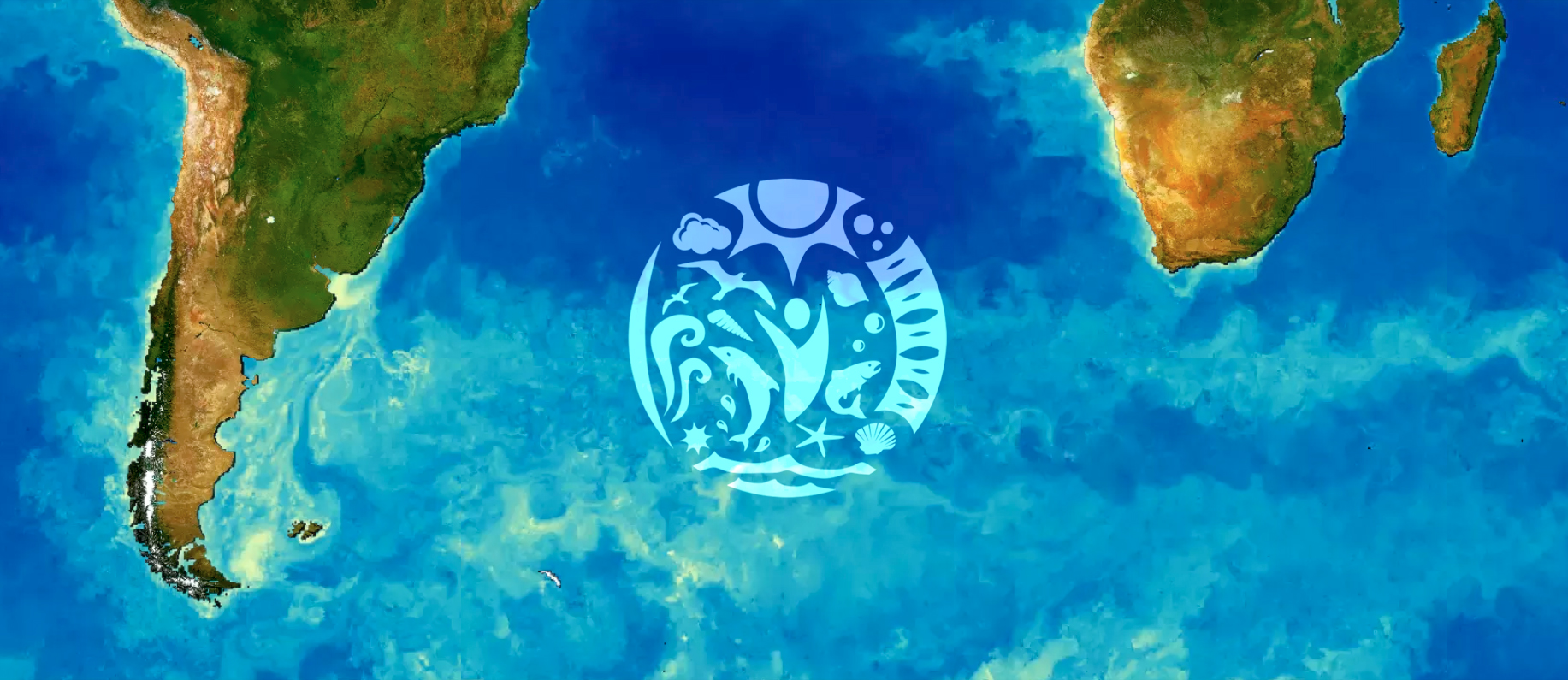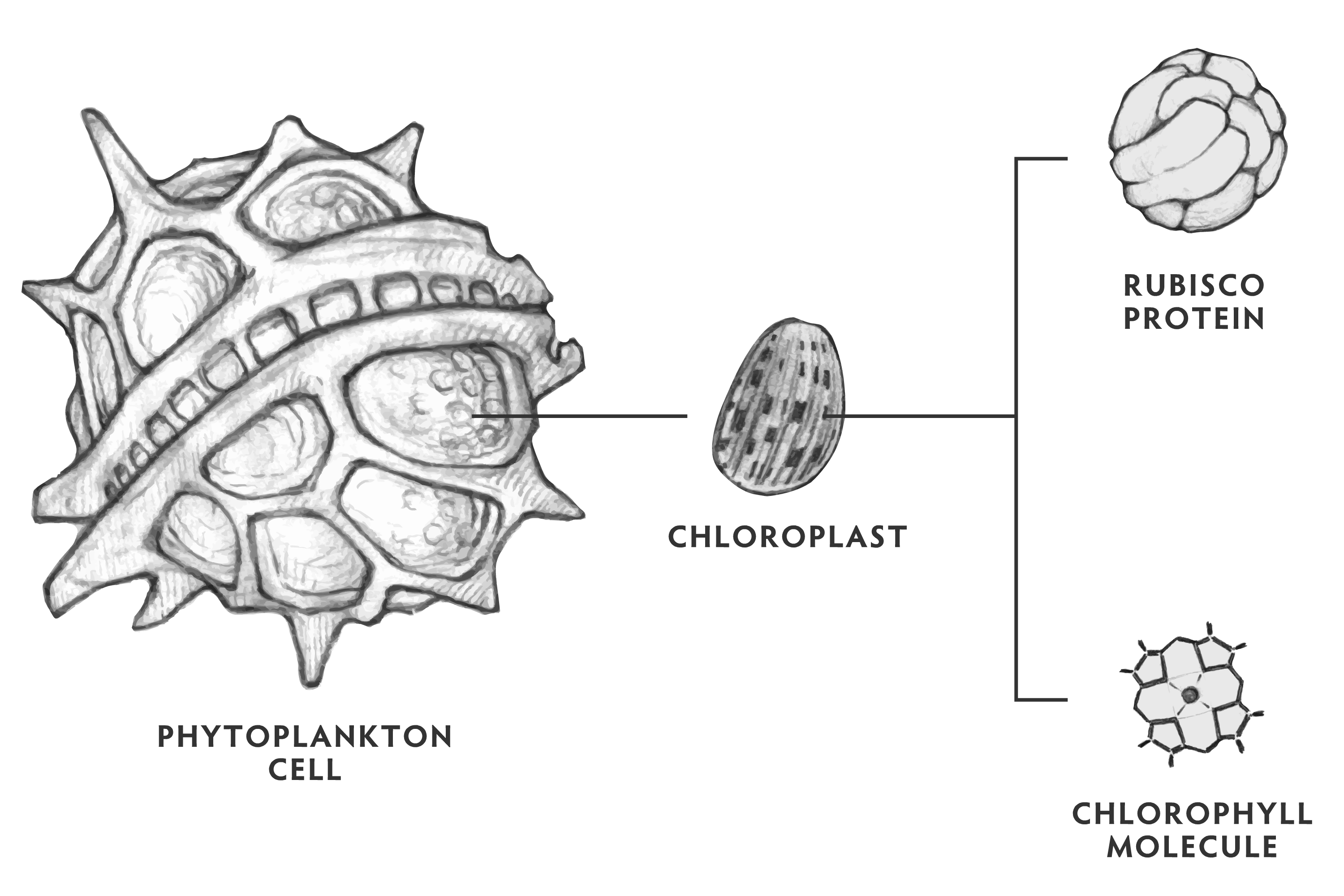25 May Respuesta a el artículo en Qué Pasa
El 19 de mayo de 2017 apareció un artículo sobre Oceaneos en la revista Qué Pasa. En un esfuerzo por ser más transparentes, compartimos aquí más información al respecto, pues el artículo está sesgado. Aunque nuestro equipo fue entrevistado durante más de una hora, un...








